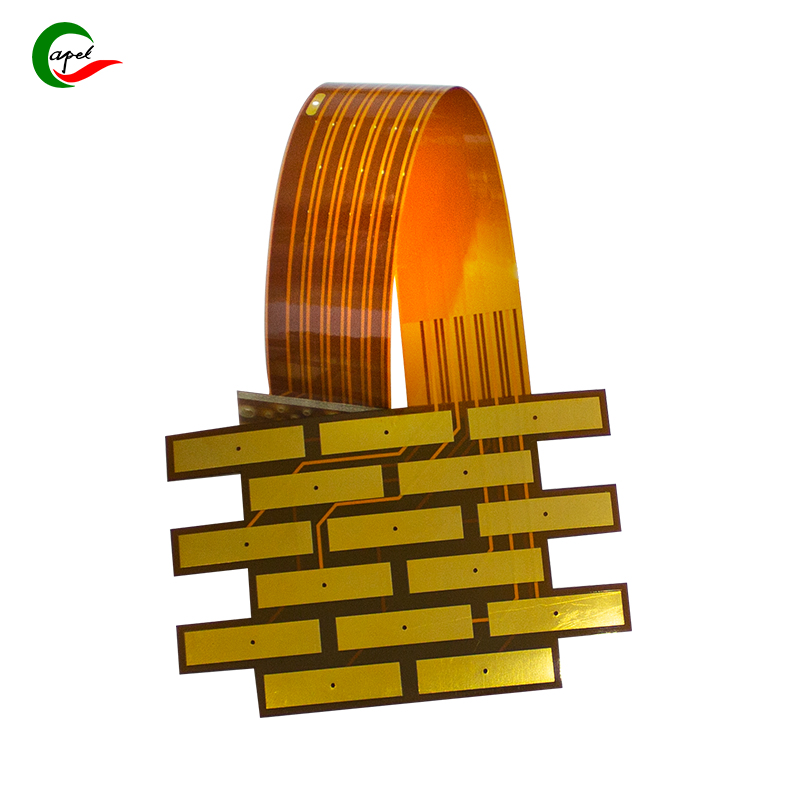Medical Implant FPC: Why Biocompatibility Matters
Date: 2025-09-17
Medical implants like pacemakers or glucose monitors don’t just “work” inside the body—they have to live there, sometimes for decades. The flexible PCB (FPC) powering them is the unsung link between the device and your cells. But here’s the catch: put a regular phone FPC inside you, and your body would treat it like a foreign invader—causing swelling, scarring, or worse.
That’s where “biocompatible” FPCs come in. They’re engineered to “play nice” with your body while keeping the implant running. Below’s a simple breakdown of what makes these FPCs safe, why that safety translates to better care, and how they’re built to coexist with human tissue.
Think of your immune system as a security team. It attacks anything that doesn’t belong, and ordinary FPCs set off all the alarms:
-
Toxic bits leach out: Cheap FPCs use chemicals that seep into your blood or tissue, triggering allergic reactions or inflammation.
-
Rough edges irritate: Jagged coverlays or exposed copper scratch delicate tissue (like the lining of your chest near a pacemaker), leading to scarring that can break the implant’s signal.
-
They fall apart: Body fluids (saliva, blood, lymph) break down low-quality plastic over time—tiny pieces of FPC could end up in your organs.
For an implant to work, its FPC needs to be invisible to your immune system. That’s biocompatibility in action.
Biocompatibility isn’t a label—it’s built into every part of the FPC:
-
Base material: Medical-grade PI (no cheap plastic)
The flexible layer uses polyimide (PI) tested to ISO 10993 standards (the global rulebook for implant safety). It’s like “food-safe” plastic for your insides—no toxic additives, and it won’t dissolve in body fluids.
-
Copper with a “safe coat”
The tiny copper traces (that carry signals) are plated with gold or titanium. These metals don’t react with blood (no rust, no clots) and won’t trigger allergies—even if they touch your heart or nerves.
-
Smooth as silk (literally)
The protective coverlay (the film over the traces) is applied in a thin, even layer with rounded edges. No bumps, no gaps—so it glides past tissue without catching or irritating.

Safety isn’t the only win—biocompatible FPCs make implants work better:
-
They last longer: No scarring means devices like neurostimulators (for pain relief) keep sending clear signals for years, not months.
-
They move with you: A pacemaker’s FPC needs to bend as your heart beats. Biocompatible PI stays flexible without cracking, so the implant never rubs or damages tissue.
-
Shorter surgery, faster recovery: Smooth, flexible FPCs fit through tiny incisions (no big cuts needed). Doctors can route them gently around organs, cutting surgery time by 30% or more.
No FPC gets inside an implant without proving it’s safe. Labs put them through hell to make sure:
-
Tissue tests: They’re placed next to animal tissue for weeks—if any swelling or cell death happens, they’re rejected.
-
Blood tests: Exposed to human blood to check for clots (a big risk for heart devices).
-
“Body fluid bath”: Soaked in fake blood/lymph for 6+ months to confirm they don’t break down.
Only FPCs that pass these (and meet FDA Class III standards for high-risk implants) make the cut.
Medical implants are miracles of tech—but they only work if their smallest parts (like the FPC) respect your body. Biocompatible FPCs aren’t just “safe”—they’re the reason implants can stay inside you, quietly keeping you healthy, without your body fighting back.
Next time you hear about someone living with a pacemaker or implantable monitor, remember: the tiny, flexible circuit inside isn’t just a piece of tech. It’s a bridge between machines and humans—built to heal, not harm.
Related Link:
